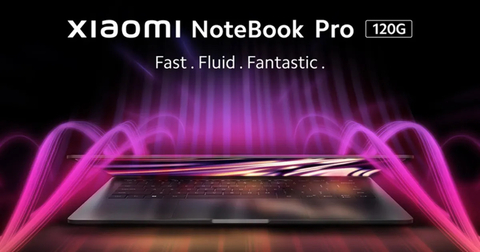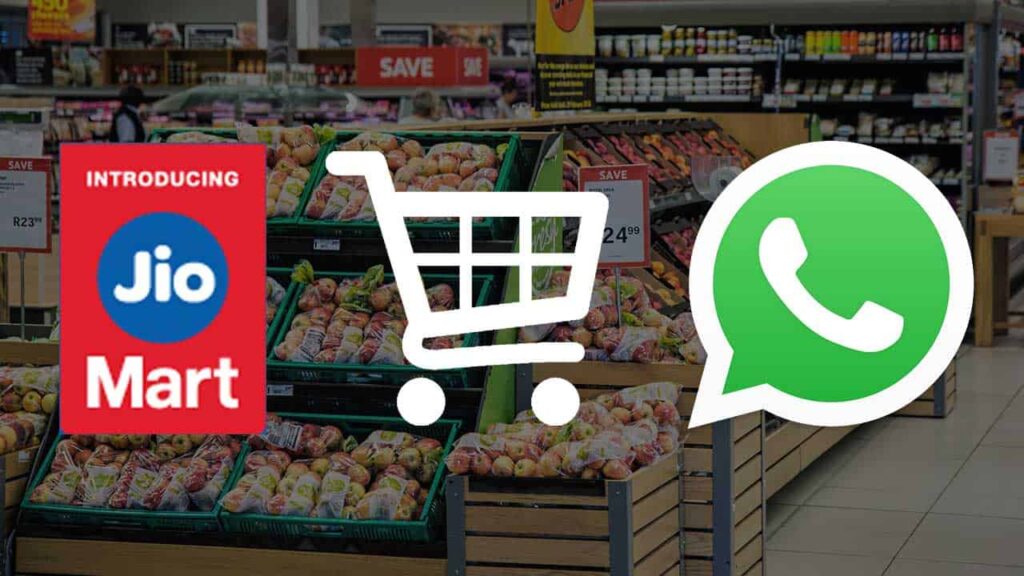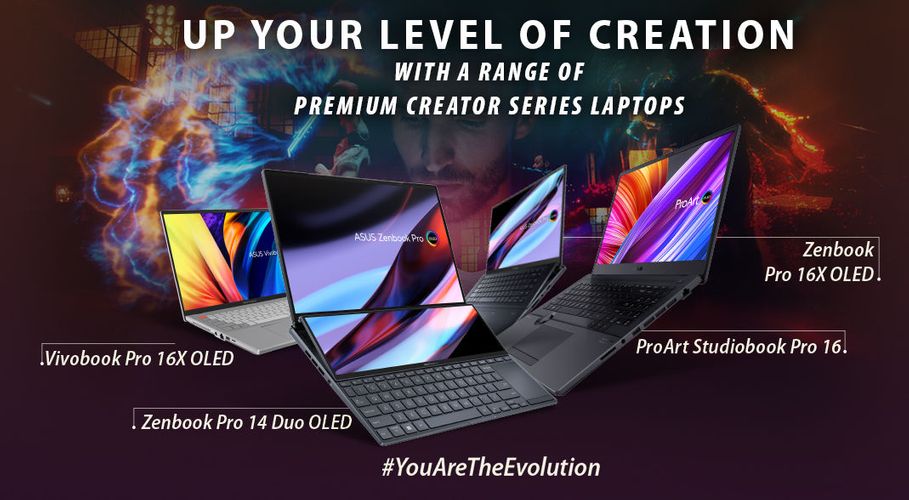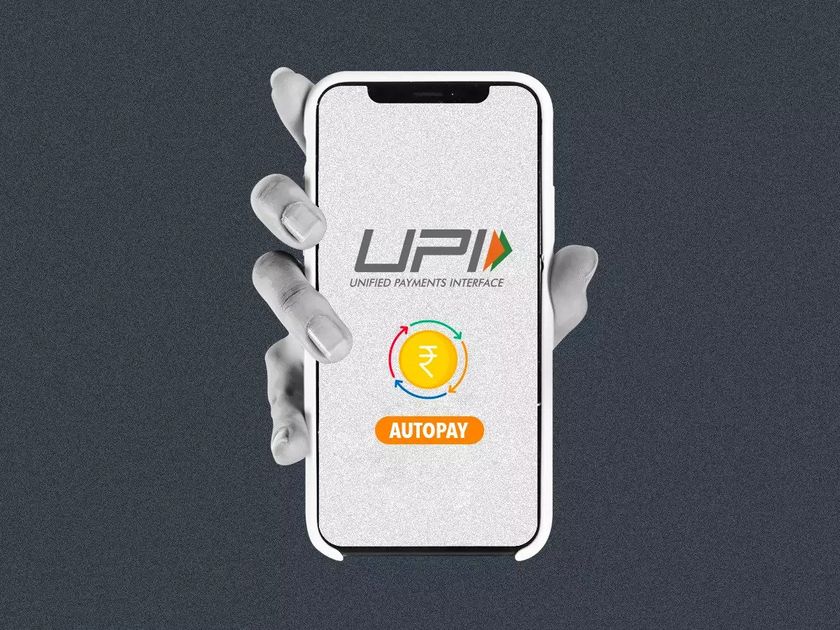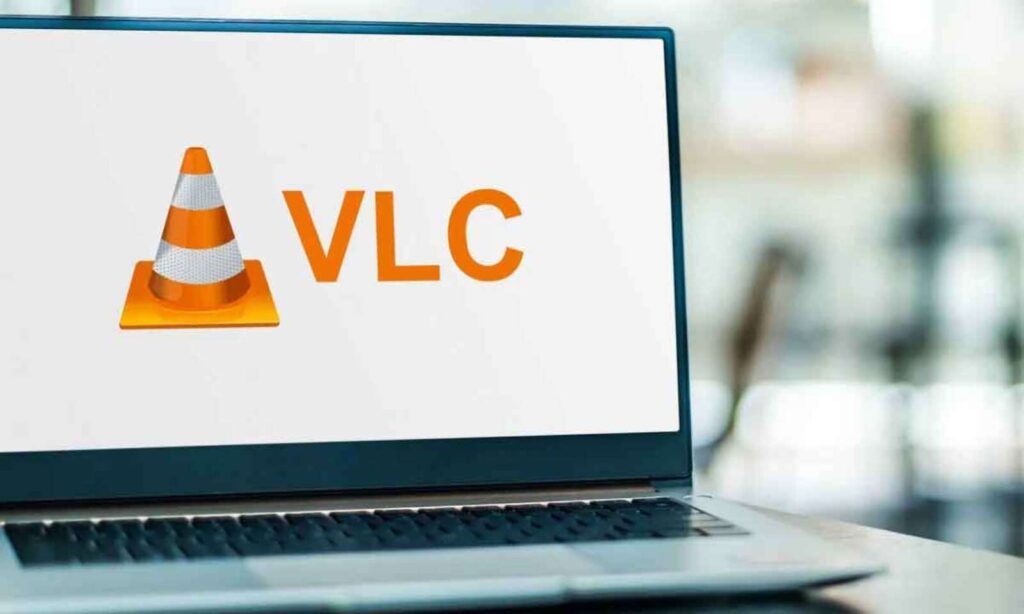Qualcomm Sued By ARM For Licensing And Trademark Violations.
Arm Limited sued Qualcomm limited for the violation of contract and trademark breaches resulting in setting up an official confrontation between SoftBank Group Corporation’s acquired chip company and one of its greatest customers.
The dispute focuses on Qualcomm’s acquisition of Nuvia corporation, a chip startup, last year. The startup produced chip designs by using Arm licenses and it was not in their rights to transfer the designs to Qualcomm without permission, based on the suit filed in US district court, Delaware. According to a report, Arm said that Nuvia’s licenses were terminated after negotiations failed to a proper conclusion in February.
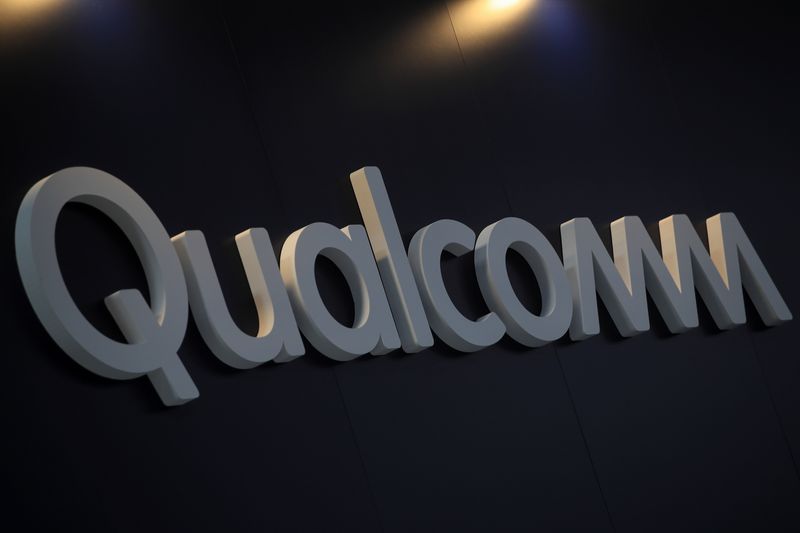
Arm and Qualcomm are two of the most prominent chip companies worldwide and the conflict between them is certain to be closely watched in the tech industry. Qualcomm, based in San Diego, is the largest smartphone-used processor and modem developing firm. It depends on an instruction set from UK-based Arm, a firm that has made the majority of the underlying technology for mobile electronics, just like many other companies in the chip industry. An instruction set is a fundamental code that chips use or follow to operate software such as operating systems.
“Because Qualcomm attempted to transfer Nuvia licenses without Arm’s consent, which is a standard restriction under Arm’s license agreements, Nuvia’s licenses terminated in March 2022,” Arm stated in a statement. “Before and after that date, Arm made multiple good faith efforts to seek a resolution.”
Qualcomm asked Arm for verification of a new processor core in May. “Based on the timing and circumstances surrounding Qualcomm’s request, discovery is likely to show that Qualcomm’s processor core design is based on or in part the processor core design developed under the prior Nuvia licenses,” the suit stated.
Source: indianexpress.com
Qualcomm said something that the complaint ignores, that its licenses cover custom-designed processors with Arm.
Qualcomm purchased Nuvia to strengthen and enhance its technology and enable it to field more powerful and beefy chips. It is a fraction of a larger strategy by Cristian Amon, chief Executive officer of Qualcomm, to reduce the firm’s dependency on the smartphone industry and take a share of the laptop chip market and ultimately, the remunerative server processor trade. But this lawsuit may jeopardize his whole plan and efforts.
Qualcomm, said Arm does not have any rights to interfere with NUVIA’s or Qualcomm’s innovations, which acquired Nuvia for $1.4 billion last year.
“Arm’s complaint ignores the fact that Qualcomm has broad, well-established license rights covering its custom-designed CPUs, and we are confident those rights will be affirmed,” said, Ann Chaplin, General Counsel of Qualcomm in a statement.
“Qualcomm’s opportunity moving forward with the PC (and potentially server) business is utterly dependent on Nuvia designs, and Nuvia is the primary means by which Arm can get into Windows PCs. So, the companies really need to partner well if they want to have a meaningful impact on the PC market,” Bob O’Donnell of Tech-analysis Research, said.
Source: www.reuters.com
Arm behaves as traffic police on the use of technology by authenticating the compatibility of every new processor. That provides it with a unique view into what the firms are doing in the industry. As per Arm’s rules, anything developed under the revoked licenses should be destroyed.
Qualcomm is also fully aware of licensing disputes. The firm gets a large piece of its profit from trading the rights to its technology which is the main part of mobile wireless communications. Many renowned brands are its customers, Samsung Electronics and Apple Inc., the two major smartphone brands, being its important customers.
Qualcomm arose victorious from a wide-ranging legal confrontation with Apple in 2019. Also, it won a court verdict on an appeal in opposition to the US Federal Trade Commission, which claimed that the company was using ravaging licensing activities.

I am a student pursuing my bachelor’s in information technology. I have a interest in writing so, I am working a freelance content writer because I enjoy writing. I also write poetries. I believe in the quote by anne frank “paper has more patience than person
